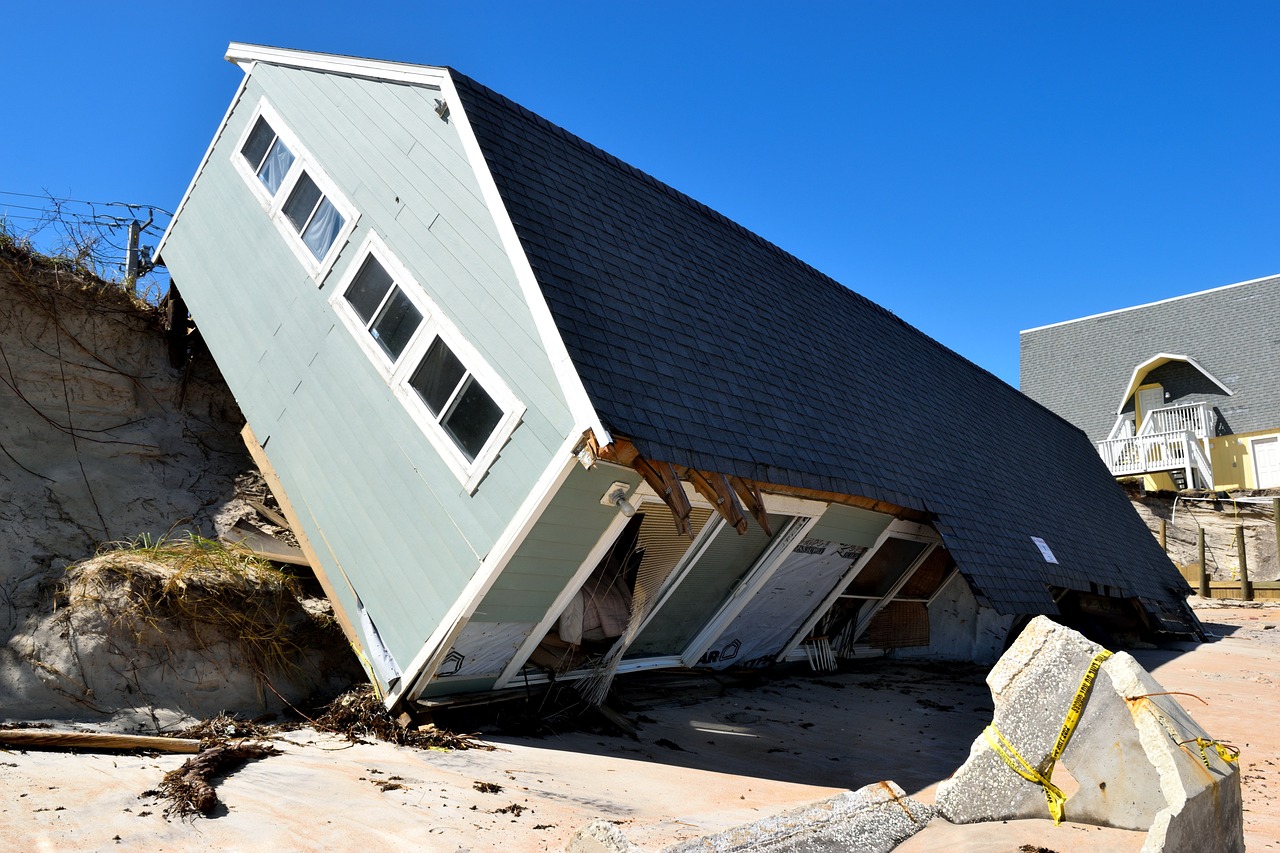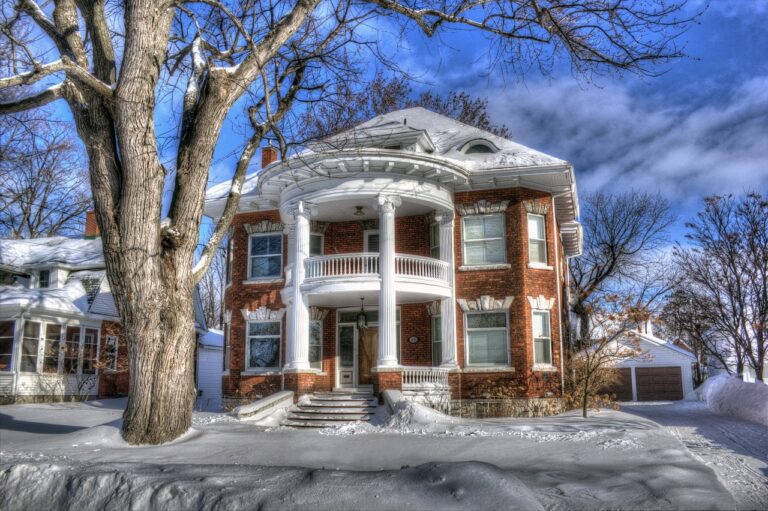Weatherproofing Your Home: Essential Tips for Every Season
Before beginning any home improvement project to enhance energy efficiency, it is crucial to identify areas of vulnerability where air leaks may occur. Start by carefully inspecting windows and doors for any gaps or cracks that could be letting in drafts. Pay attention to areas where different building materials meet, as these are common spots for air leakage.
Additionally, examine the attic and basement spaces for any signs of inadequate insulation or gaps that could be allowing heat to escape. Look for areas where insulation may be sagging or missing altogether, as this could be a major source of energy loss in your home. By thoroughly identifying these areas of vulnerability, you can effectively target them for improvement and maximize the energy efficiency of your living space.
Sealing Windows and Doors
Inspecting windows and doors for any potential gaps is crucial when it comes to enhancing the energy efficiency of a home. Air leaks around these openings are one of the main reasons for energy loss and increased utility bills. By carefully examining the frames, weatherstripping, and caulking, homeowners can identify areas that need immediate attention to prevent heat from escaping and cold air from seeping indoors.
Once the gaps are identified, it is important to seal them properly using weatherstripping and caulk. Weatherstripping can be applied around the moving parts of windows and doors to create a tight seal, preventing air leaks. Caulking, on the other hand, is ideal for sealing stationary gaps and cracks around the frames. By ensuring a proper seal around windows and doors, homeowners can significantly reduce energy waste and create a more comfortable living environment.
Insulating Attics and Basements
Ensuring proper insulation in attics and basements is crucial for maintaining energy efficiency in a home. By properly insulating these areas, homeowners can prevent heat loss during the winter and keep their homes cool during the summer months. Inadequate insulation in these spaces can lead to increased energy bills and discomfort for the occupants.
In the attic, insulation should be added between the floor joists to prevent heat transfer between the living spaces below and the attic. Additionally, insulating the attic hatch and ensuring there are no gaps or cracks in the insulation will further improve energy efficiency. In the basement, insulation should be installed on basement walls to create a thermal barrier and prevent heat loss through the foundation. Properly insulating basements can also help prevent moisture issues and mold growth.
Why is insulating attics and basements important?
Insulating attics and basements helps to regulate the temperature in your home, reduce energy costs, and improve overall comfort.
How can I identify areas of vulnerability in my attic and basement?
Look for gaps, cracks, or holes where air might be leaking in or out. Common areas include around windows, doors, and pipes.
What are some ways to seal windows and doors in my attic and basement?
You can use weather stripping, caulking, or foam sealant to seal gaps around windows and doors to prevent air leakage.
What types of insulation are best for attics and basements?
For attics, fiberglass or cellulose insulation are popular choices. For basements, foam board insulation or spray foam insulation are commonly used.
Can I insulate my attic and basement myself, or should I hire a professional?
It is possible to insulate your attic and basement yourself, but it may be best to hire a professional if you are unsure of the process or if the area is difficult to access.







